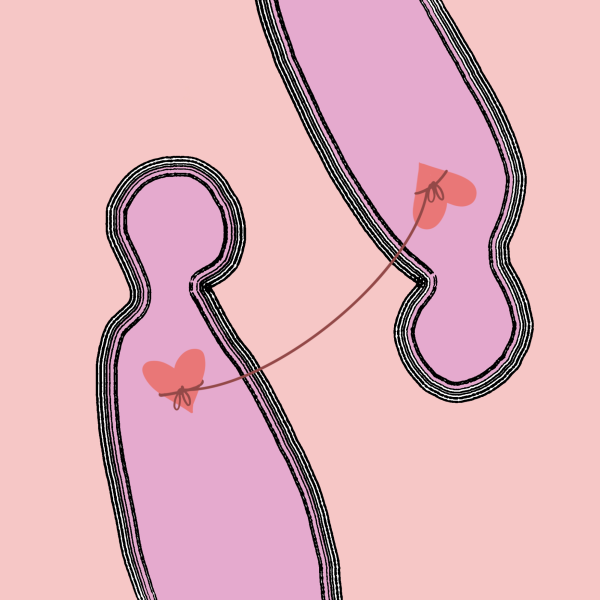Minus the City: A Feminist Approach to Pornography
To be or not to be… anti-porn? For decades there has been a heated debate on whether or not porn promotes the sexual objectification of women. Some say it certainly does, as “mainstream pornography” (porn that is created for mass consumption and is usually free, like the notorious Pornhub) is filled with examples of the blatant sexual objectification of women in the form of genital focus, aggression, stripping and emphasizing male ejaculation. There have been many studies done that clearly show the effect of mainstream pornography on young men: pornographic video consumption has a direct correlation with increased rates of sexually aggressive behaviors and attitudes, as well as hostile sexism. Mainstream porn can even contribute to young men viewing women as sex objects and perpetuating the rape myth. And with the increasing female interest in pornography, it is feared that this objectification will only increase.
On the other hand, some feminists argue for pornography, stating that images of female agency, self-touch and female orgasm may actually empower women to take initiative during sex. These depictions, however, are largely seen in “feminist pornography”—defined by the Feminist Porn Awards committee as content featuring women or other marginalized people who are involved in the conception, production and direction of the work. It depicts the genuine pleasure and agency of women and traditionally marginalized people and presents a vision that challenges the stereotypes of sex, which sets it apart from other types of porn. A central mission of feminist porn is that it represents people of all races, body types and desires. Clearly, feminist pornography is not just porn made for women; it is porn that is inclusive and authentic and in doing so, challenges the traditional gender roles and heteronormative values that are otherwise idealized in mainstream porn.
In the article “From Orgasms to Spanking: A Content Analysis of the Agentic and Objectifying Sexual Scripts in Feminist, For Women, and Mainstream Pornography,” Niki Fritz and Bryant Paul conducted a study in which they hypothesized that indicators of sexual objectification would be more frequent in mainstream pornography than in Feminist pornography. Conversely, they expected feminist pornography to have more indicators of sexual agency than mainstream pornography. A random sample from both mainstream and feminist porn was chosen, along with a group of coders to analyze and score the videos using seven measures of sexual objectification (I urge those interested in the study to read the article, as there is a more in-depth explanation on how videos were analyzed and how data was tested for statistical significance). The results show that their hypothesis held true: mainstream pornography does, in fact, contain high levels of female sexual objectification, the most prominent indicators being physical aggression (including the damage or destruction to the female body in some way), stripping, female genital focus and external ejaculations. Interestingly enough, the study also found that external ejaculations are usually the way in which a scene would end, insinuating that sex ends only when the male finishes.
Mainstream pornography has been proven to perpetuate the notion of women as sexual objects. Young men, in turn, are learning to be dominant in their heterosexual relationships and disregard their partners’ entitlement to pleasure and agency, while heterosexual women are becoming increasingly anxious and dissatisfied when engaging in sexual acts with their partners. Communication during sex, as a result, is vital. Men: become accustomed to asking your female partner what she wants, and what she likes during sex. And to fellow women: take pride in making your sexual needs heard.









